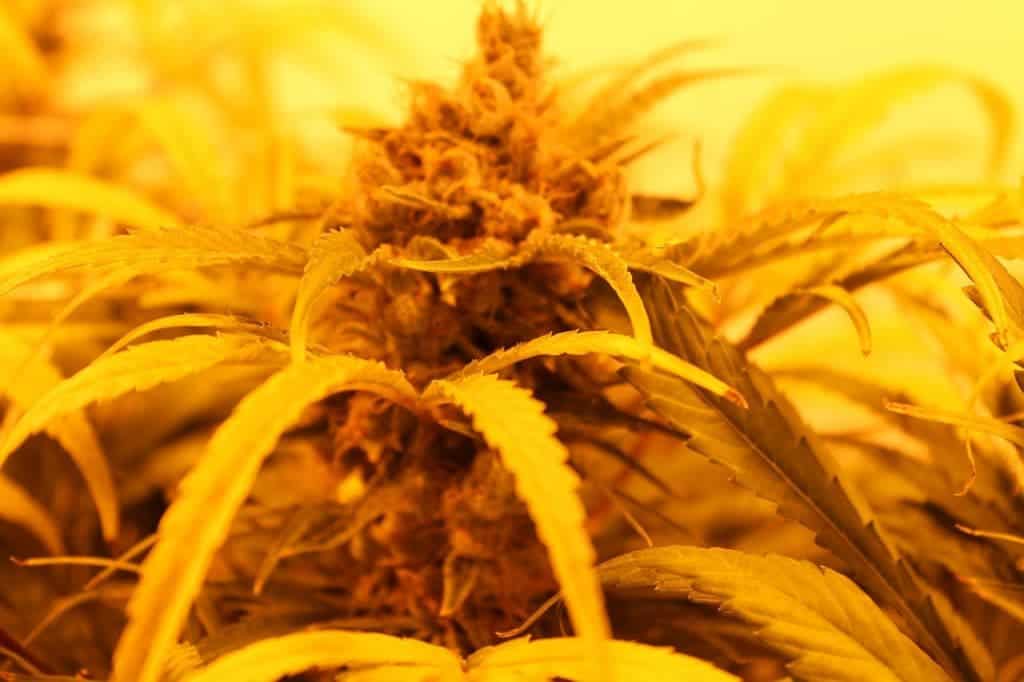Those suffering of migraine headaches reported these occurred less frequently after they were prescribed medical marijuana. The study made by a team at the Skaggs School of Pharmacy and Pharmaceutical Sciences at the University of Colorado Anschutz Medical Campus is the first to show marijuana actually turned down the knob on migraine occurrence.
The researchers assessed patients who came to the Gedde Whole Health, a private medical practice in Colorado that specializes in recommending marijuana for a variety of conditions, for help with their migraines between Jan. 2010 and Sept. 2014. Of the 121 patients questioned, 103 said they had less migraines, 15 said there was no effect and 3 said they had more migraines. Overall, migraine frequency dropped from 10.4 to 4.6 headaches per month. Inhaled marijuana, followed by the edible variety were the prevailing mods of ingestion of the drug.
“There was a substantial improvement for patients in their ability to function and feel better,” said the study’s senior author Professor Laura Borgelt, PharmD, FCCP, BCPS. “Like any drug, marijuana has potential benefits and potential risks. It’s important for people to be aware that using medical marijuana can also have adverse effects.”
“The most remarkable finding in my opinion was the decrease in migraine frequency,” said study author Danielle Rhyne, from University of Colorado. “There were some patients who reported more than 15 migraines per month before using cannabis. After using cannabis, they were reduced to one to two migraines per month.”
How cannabis relieves migraines
Cannabinoid receptor are found in the brain, connective tissue and immune system. When these bind to the hundreds of different cannabinoids, some trigger anti-inflammatory and pain-relieving properties. It also triggers serotonin and dopamine release. “We believe serotonin plays a role in migraine headaches, but we are still working to discover the exact role of cannabinoids in this condition,” Borgelt said. Our brain’s own endogenous marijuana-like chemicals produce analgesia by modulating the entry of pain signals into the brain at the level of our spinal cord.
Though the first of its kind, the study published in Pharmacotherapy is far from perfect. The sample size is small and there was no control for prior cannabis use. Maybe the reported drop in frequency could have been ever higher or, conversely, lower. Hopefully, we might see a placebo-controlled clinical trial soon with a marijuana washout period prior to start. These sort of studies are harder to make than most would like to admit, considering cannabis is illegal at a federal level.
“If patients are considering medical marijuana they should speak to their health care provider and then follow up so we can track the impact of their overall treatment,” Borgelt said. “Open communication is necessary because we need to know how all of these treatments work together.”
Nevertheless, the study’s findings seem highly promising and important. Migraine drugs are often associated with unwanted side-effects such as feeling hot or cold, weak, or “strange” in some way. Pot can certainly make you feel “strange” as well, but its side effects might be more bearable.










